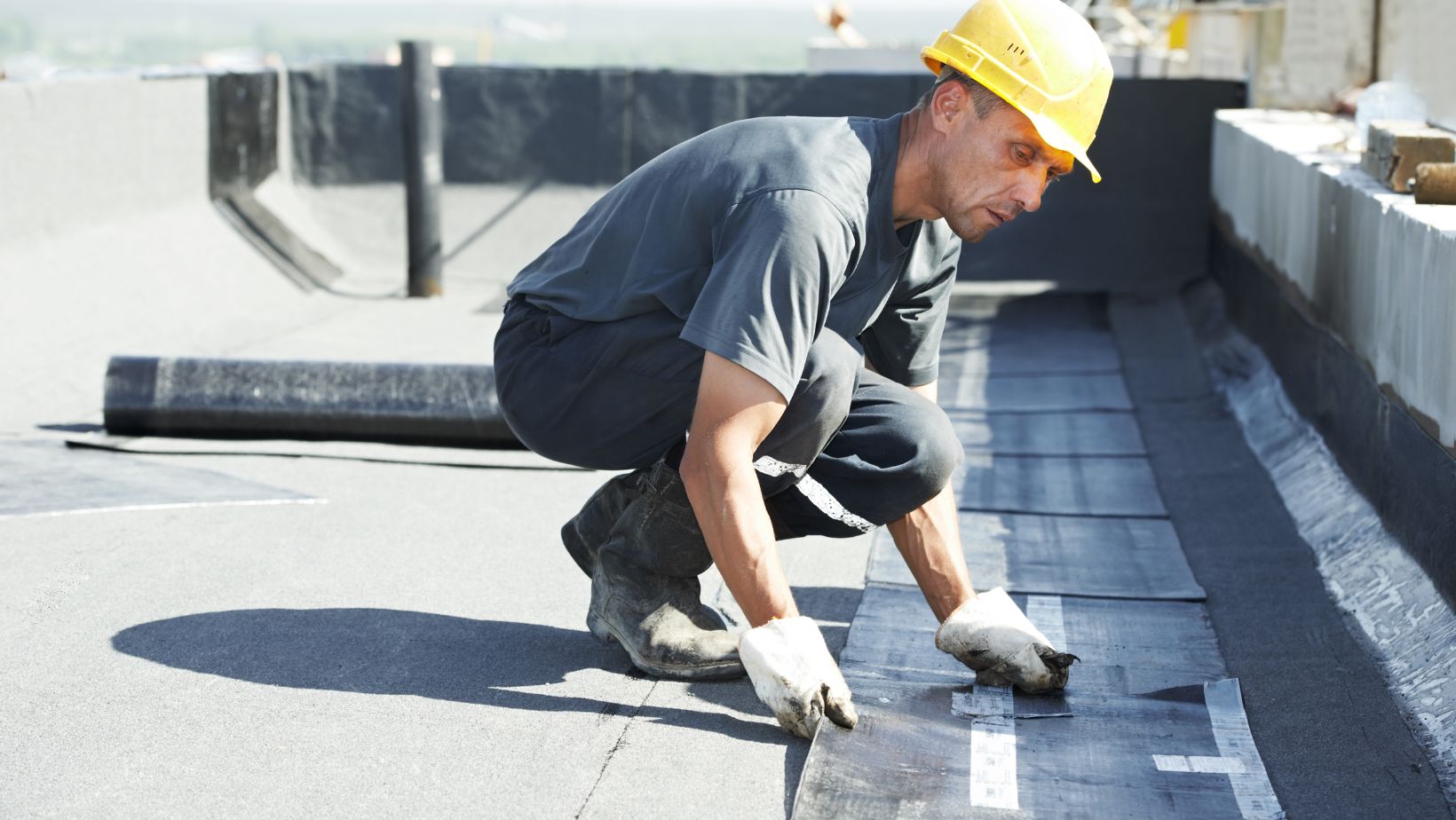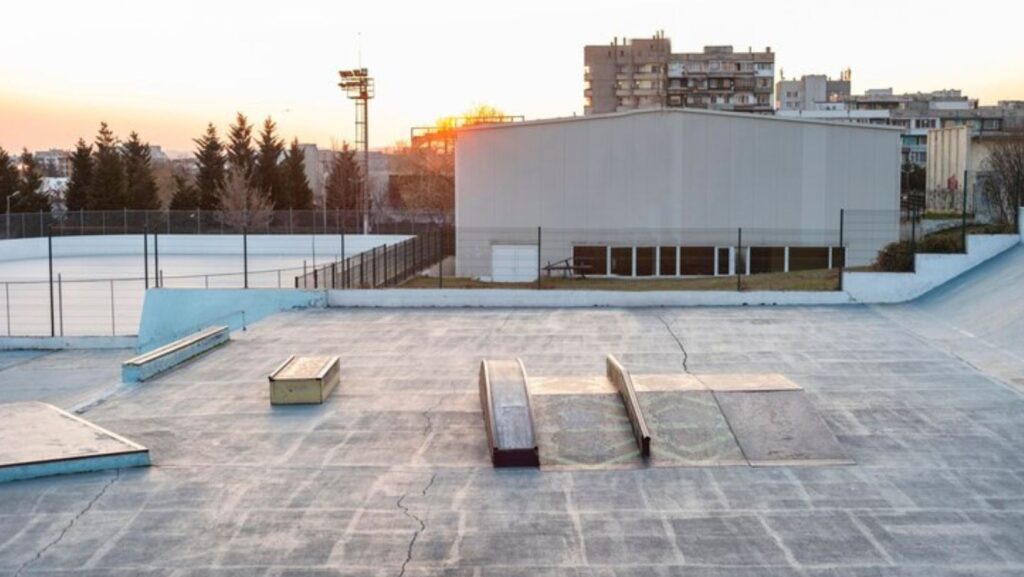Flat roofs offer a visually appealing and energy-efficient option compared to traditional sloped roofs. Despite some challenges, more homeowners and first-time builders choose flat roofs for their numerous benefits. These roofs are typically more versatile, more straightforward to maintain, and more energy-efficient than many sloped roofs, making them an attractive choice for those seeking lower long-term ownership costs.
However, it’s essential to acknowledge the possible downsides of flat roofs. A flat roof can become a significant issue without proper planning and the right contractor.
Pros of Flat Roofing
Here are some reasons that make a flat roof an excellent roofing option:
Cost-Effective Installation and Maintenance
Flat roofs are relatively less expensive to install than pitched roofs because of their simpler design and reduced material requirements. The straightforward construction process translates into lower labor costs, making flat roofs an economical option for many property owners.
Maintenance of flat roofs is also typically more affordable. With easy access and a straightforward design, repairing a flat roof is much easier than pitched ones. This ease of maintenance can extend the roof’s lifespan and reduce long-term expenses.
Space Utilization
Flat roofs offer an excellent opportunity for maximizing space. The flat surface can be used for different purposes, such as building a rooftop garden, installing solar panels, or setting up HVAC systems. In urban areas, where space is often at a premium, a flat roof can provide additional usable space, adding value to the property.

Rooftop gardens, in particular, are becoming increasingly popular in urban settings where there is limited green space.
Modern Aesthetic Appeal
Flat roofs match a modern and minimalist architectural style. They are common in contemporary and mid-century modern buildings, where clean lines and simplicity are emphasized. The flat roof’s sleek appearance can enhance the overall design of a building, making it stand out in a neighborhood or commercial area.
Flat roofs can be especially appealing for commercial buildings, as they often align with the clean, professional image businesses want to project. The design also allows for easier signage installation and other branding elements, enhancing the building’s visual impact.
Cons of Flat Roofing
What will make you reconsider installing a flat roof? Here are some of them:
Drainage Issues
One of the primary disadvantages of flat roofing is its potential for drainage problems. Unlike pitched roofing, flat roofs have a minimal slope, which can cause water to pool on the surface. Standing water can lead to leaks, structural damage, and mold and algae growth if not adequately managed.
Flat roofs require a well-designed drainage system, including gutters, downspouts, and sometimes interior drains. Regular maintenance is essential to ensure these drainage systems remain unobstructed and functional. Despite these measures, the risk of water damage remains higher for flat roofs than pitched roofs.
Limited Lifespan
Flat roofing systems have a shorter lifespan than pitched counterparts. The materials commonly used for flat roofing, such as EPDM rubber, PVC, and TPO, are durable but may degrade faster due to exposure to the elements. UV radiation, extreme temperatures, and precipitation can all contribute to the wear and tear of a flat roof, potentially leading to leaks and other issues over time.

While modern flat roofing materials have improved in terms of durability, property owners should be aware that they may need to replace or repair their flat roofs sooner than they would with a pitched roof. Regular roof cleaning and maintenance do so much to prolong the roof’s lifespan. However, it may not reach the longevity of a pitched roof made from traditional materials like asphalt shingles or metal.
Insulation Challenges
Flat roofs can present issues when it comes to insulation. The lack of an attic space requires incorporating insulation directly into the roof structure. This can be more complex and costly compared to insulating a pitched roof with an attic.
In colder climates, a flat roof may struggle to retain heat in colder climates, leading to higher energy bills. Conversely, the roof may absorb and retain more heat in warmer areas, making it harder to keep the building cool. Proper insulation and reflective roofing materials can help mitigate these issues, but they can add to the overall cost of the roofing system.
Making the Right Choice
Choosing a flat roof involves weighing the pros and cons depending on your specific needs and location. It is a great choice if you prioritize cost-effectiveness, space utilization, and modern design. However, potential drainage issues, a shorter lifespan, and insulation challenges are essential factors to consider.
Ultimately, base your decision on the building’s purpose, climate, and long-term maintenance capabilities. Consulting with a roofing professional can provide additional insights and help you determine if a flat roof fits your project.

